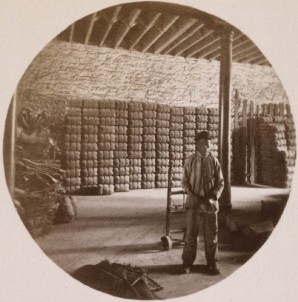Chinese go to court
Some of the earliest examples of Chinese resorting to litigation in attempts to secure their status and rights in Canada played out in British Columbia courts. The Pacific province’s history is intimately tied to the early migrations of Chinese to Canada, primarily as a result of the 1858 Fraser River gold rush and the construction of the Canadian Pacific Railway, from 1881 to 1885.
Historic labour agitation to exclude the Chinese from the economy and outright racist political and social values created difficulties for the community, as much as they did for impartial arguments in court. The jurisdictional tug-o’-war between the federal Parliament and provincial legislatures appeared in several B.C. court cases.
Tai Sing v. Macguire (1878) and Rex v. Wing Chong (1885) are examples of precedent-setting cases that saw Chinese litigants challenge B.C.’s discriminatory Chinese Tax Act and Chinese Regulation Act.








